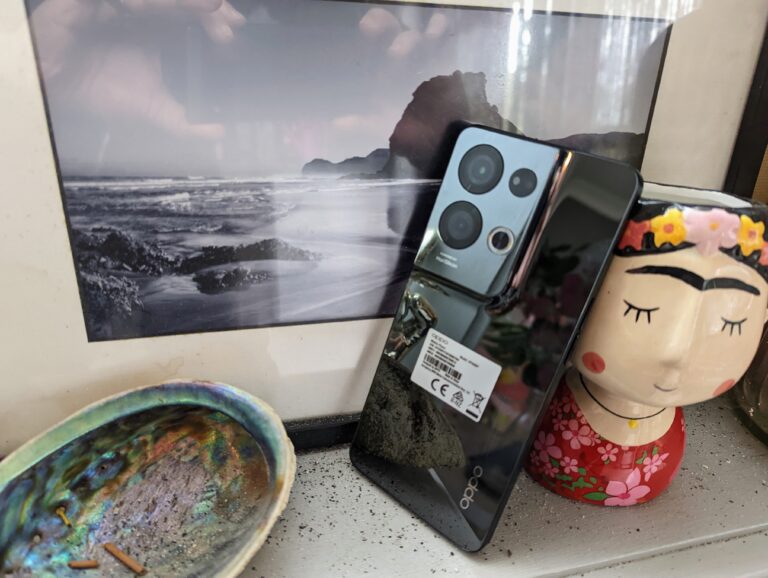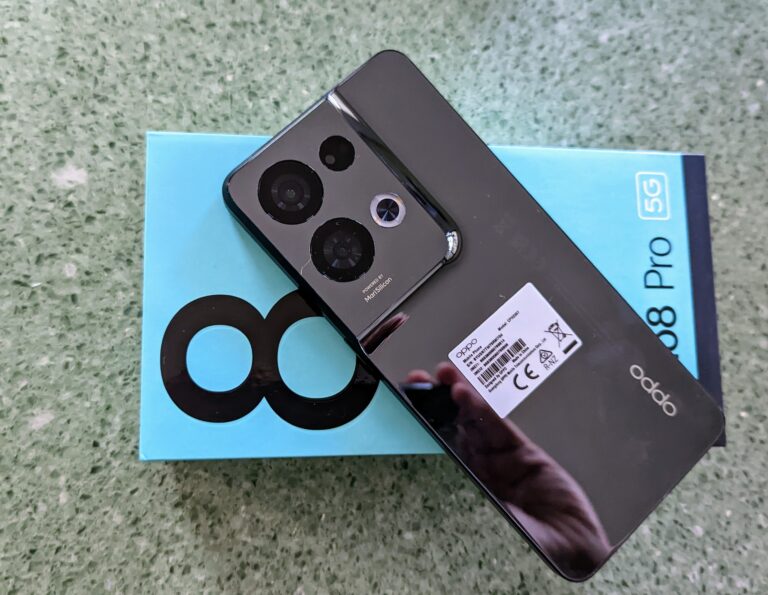Optus Mobile Review ALDI Mobile Review Amaysim Mobile Review Belong Mobile Review Circles.Life Review Vodafone Mobile Review Woolworths Mobile Review Felix Mobile Review Best iPhone Plans Best Family Mobile Plans Best Budget Smartphones Best Prepaid Plans Best SIM-Only Plans Best Plans For Kids And Teens Best Cheap Mobile Plans Telstra vs Optus Mobile Optus NBN Review Belong NBN Review Vodafone NBN Review Superloop NBN Review Aussie BB NBN Review iiNet NBN Review MyRepublic NBN Review TPG NBN Review Best NBN Satellite Plans Best NBN Alternatives Best NBN Providers Best Home Wireless Plans What is a Good NBN Speed? Test NBN Speed How to speed up your internet Optus vs Telstra Broadband ExpressVPN Review CyberGhost VPN Review NordVPN Review PureVPN Review Norton Secure VPN Review IPVanish VPN Review Windscribe VPN Review Hotspot Shield VPN Review Best cheap VPN services Best VPN for streaming Best VPNs for gaming What is a VPN? VPNs for ad-blocking Sure, there have been some bold attempts at breaking the smartphone mould. Samsung has its foldables and the Nothing Phone 1 its semi-transparent back and flashy glyphs, but both come with their share of compromises when it comes to function. By contrast, OPPO’s Reno series seems to have achieved something special: a unique, elegantly designed smartphone with enough under the hood to back up its flashy looks. Now, make no mistake, thinness and lightness aside, you’re going to feel this thing in your pocket. Whether or not that’s a drawback comes down to personal preference. I like big phones (and I cannot lie), so the fact that the Reno8 Pro feels like a substantial piece of hardware is actually a plus for me. I’m also quite enamoured with the phone’s unibody design. The decision to house the camera within a raised bump rather than make it a separate component gives the phone a sleek profile. It may seem a subtle difference from stock-standard smartphones on the market, but this simple design choice makes a world of difference to the phone’s aesthetic. Unique design aside, however, the sizable camera bump means you’ll be far more aware of the camera module when holding the Reno8 or carrying it around in your pocket. The front and back of the Reno8 Pro are Gorilla Glass 5, so it should stand up pretty well to most bumps and knocks. OPPO hasn’t advertised the phone’s IP rating, so I’d be wary of getting it wet. The glass unibody design definitely looks sharp. The one drawback is that its shiny finish is a smudge magnet. Five minutes with the phone and it looked like I’d handled it directly after winning a hot wing eating contest. Unlike the manufacturer’s Find X5, OPPO has chosen not to include a case with the Reno8 series. You’ll want to splash out on one if you want to keep your phone smudge-free. The Reno8 series comes preloaded with OPPO’s ColorOS 12, operating on Android 12. There’s no word yet on when OPPO will make the leap to Android 13. ColorOS tends to be a fairly divisive Android skin, It’s miles away from stock Android, and comes with a fair amount of bloatware, so it may alienate some Android purists. The upside is it offers an incredibly high degree of customisation, I’ve yet to encounter any stability issues and I can’t fault its design. All in all, I find ColorOS enjoyable to use and a fair deal more aesthetically pleasing than stock Android. Some of the pre-set gestures feel a bit counterintuitive to me, but ColorOS’ customisability means you can set gesture control to your liking. One unique feature of the Reno8 Pro that appealed to me was the strong haptic feedback. I have shaky hands, which makes typing on most phones a grotesque misadventure. But the Reno8 Pro’s exaggerated haptic feedback made the experience feel more like typing on a mechanical keyboard, and led to fewer frustrating mistakes. Internally, the Reno8 Pro is powered by the MediaTek Dimensity 8100-MAX. It’s a slight step down in benchmarks from the Snapdragon 8 that powers the company’s Find X5 Pro, but I found apps to be snappy and responsive. Even heavier gaming tasks like PUBG Mobile or Call of Duty were smooth. OPPO’s big selling point for the Reno8 is the camera. It features a 50MP rear main camera, roughly on par with the Pixel 6 Pro and the iPhone 14 Pro, along with an 8MP ultra wide lens and 2MP macro camera. But what sets it apart is the ridiculously high resolution 32MP front-facing camera. Compare that to the 12MP camera on the Pixel 6 Pro and iPhone 14 Pro. Given the ubiquity of selfies, it’s surprising there’s not more of an arms race for front-facing cameras. OPPO’s decision to sink hardware into its selfie camera definitely shows in the results. I’m not much of a selfie-taker, but the Reno8 Pro produced the clearest, crispest ones I’ve seen. So clear, in fact, that I’m too self-conscious to post them here. Where the Reno8 falls short for me is in its image processing software. In the hands of a skilled photographer, I have no doubt that the Reno8’s main camera would produce some stunning images. I, however, am a regular dum-dum. I point, shoot and hope for the best. The Pixel 6’s Tensor chip with its AI processing produces the most stunning photos I’ve ever taken, enough to make even me look competent. I just can’t get the same result out of the Reno8. Still, I gave it a fair shot. Most smartphone camera tests feature imagery of elegant dishes from fancy cafes, but, let’s be real: I have a 6-year-old daughter. I’m not going to any fancy cafes. What I do have in abundance is an embarrassing amount of Barbie dolls. Here’s how the Reno8 Pro did at documenting a day in their lives (plus some shots from one of my frequent Bunnings trips). I also attempted to put the battery through its paces with some marathon streaming. Thirteen hours and several seasons of Seinfeld later, the Reno8 Pro finally decided it’d had enough. When it does come time to charge, the Reno8 Pro comes with a monster 80W charging block that’ll get you from dead as a doornail to 100% in around 30 minutes. OPPO claims that its responsive Battery Health Engine will keep the Reno8 series at 80% of their original battery capacity after 1,600 full charge cycles. Obviously, it’s a hard claim to test in the course of a standard review. But, given how infrequently I needed to charge, I’m confident you’d get years out of the Reno8 Pro before you noticed a significant drop-off in battery performance. At $1,199, it stacks up well against the $1,299 Pixel 6 Pro and is significantly cheaper than the similarly-sized iPhone 14 Pro Max or Samsung Galaxy S22 Ultra. And, in my opinion, it’s a good deal more eye-catching than any of the above. ColorOS might be a jarring experience for anyone used to stock Android (though iOS users would feel more at home). But its customisation options and design won me over in the end. The Reno8 Pro’s image processing is the only factor that gives me pause, and makes me eager to go back to my Pixel 6. But if you’re a decent photographer and don’t mind spending the time to get to know the ins and outs of the Reno8’s camera, it’d be a hard phone to pass up.














